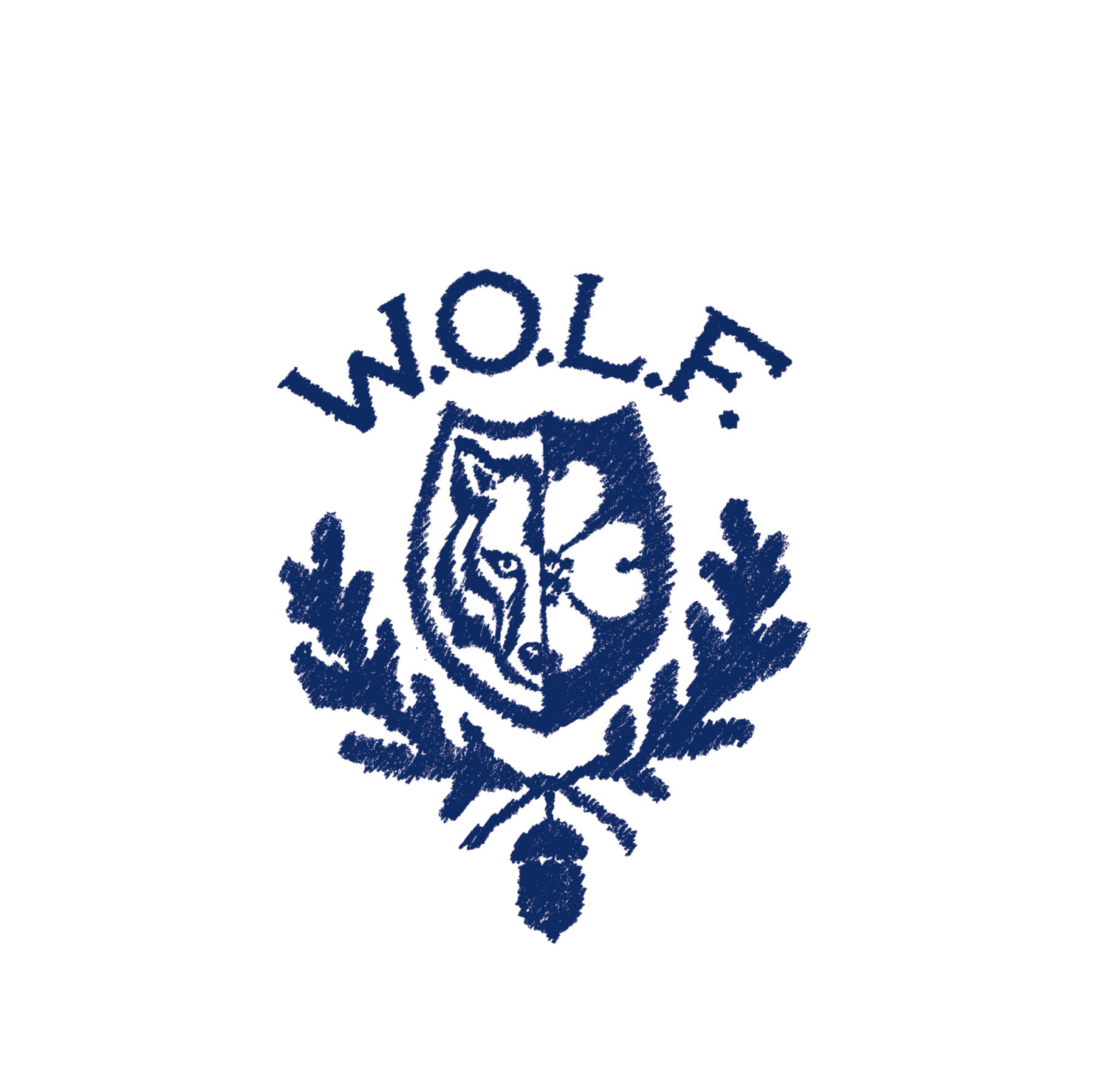Get ready for a crash course in denim terminology!
Twill — All fabrics having an appearance of diagonal lines. In the weaving process, a twill construction enables to opportunity to make fabrics heavier and more compact than a plain weave, resulting in a denser cloth.
2 by 1 — The reference for a 2 over 1, or 3-harness twill construction of denim, commonly used for overalls, coveralls, and chore coats. Typically a 2x1 denim is offered in lighter weights of cloth, from 5oz to 11oz.
3 by 1 — The reference for a 3 over 1, or 4-harness twill construction of denim, commonly seen in a Right Hand, Left Hand, and Broken Twill construction. This is the type of cloth that typically is used to construct 5-pocket jeans and Trucker Jackets.
Broken Twill — The use of alternating right and left hand twill directions in construction, creating a zig-zag effect of the twill line, helping to reduce twist and skew in legs of jeans. This was commonly used by Wrangler since the 1960’s to counter the results of leg twist from a standard right or left hand twill denim.
Salt & Pepper — The effect of using marled yarn, either in the filling, or in both the warp and the filling, to create a covert effect, where the cloth appears to have an inconsistent two-tone color effect. Commonly used in work garments in the 20th century to hide soiling, for articles such as mechanics coveralls and workshirts.
Crocking – When the indigo dye rubs off on to skin or another fabric. Crocking is one of the processes that give raw denim its personality and creates fading.
Deeptone- Deeptone Denim innovation was introduced to the market on April 24, 1936 after the R&D director of the time developed a method to carefully measure and control the ratios of dyestuffs used in dyeing the cotton yards and obtained an indigo blue hue deeper than those previously achieved, which were less saturated and more ‘dusty’ looking by comparison. Learn More
BluSerge — the trademarked pantone color of denim woven and sold by Erwin Cotton Mills of West Durham, NC, which began operations in 1892.
XX — the designation of cloth made with premium input materials and fetching a premium price, made notably famous by Levi Strauss & Co. with their use of XX class of denim cloth goods from supplier Amoskeag Manufacturing Company, of Manchester, NH. Amoskeag’s most premium grade of denim cloth sold was 1oz heavier than their economy denim and the warp yarn was dyed to a darker shade of indigo.
Loom Chatter — a slang term that inaccurately describes bad start ups and stops, missing filling, and jerked in fillings, or other small defects that create a railroad track effect sometimes also nicknamed zippers, where filling yarn fails to fill the warp and leaves a thin spot with more texture than the adjacent cloth. This is a mythologized term in the denimhead community, and at times the presence of “Loom Chatter” on a vintage pair of jeans or jacket has upticked its marketed price.
Bevelery Cotton Manufactory — the first documented mill that produced indigo-dyed cotton denim in the United States. Located in Beverly, MA, it began operating in 1787 and was toured in-person by George Washington in 1789.
Loomstate denim – Fabric directly off of the loom, before any pre-washing, distressing, or finishing occurs.
Hank Dyeing – The skein of yarn is looped over a hook and washed in water, opening the cotton fiber to receive the dye. It is then dipped into the dye for up to 48 hours, washed and re-dipped. Repeat as necessary to achieve the desired shade. Hank dyeing uses less chemicals than other methods and is less damaging to the cotton.
Indigo – Ancient dye that gives denim its unique blue color. Originally, indigo dye came from plants, but today is usually produced synthetically.
Leg Twist – The inclination of right hand twills or left hand twills to “twist” in the direction of the weave. This creates jeans with pant legs that skew to the right or left.
Mercerization – Created by John Mercer in 1844, a chemical treatment used on cotton to increase its lustre and dye affinity.
Open end denim – Developed in the 1970s as a cheaper way to produce denim than ring spun denim. Refers to the type of yarn used to weave the denim.
Ring spun denim – Ring spun yarns create unique surface characteristics, such as unevenness, giving jeans an irregular authentic look. Ring spun yarn is created by continuously roling and thining fibers into shape. It takes longer than open end yarns, but results in a softer, stronger yarn.
Rope dyeing – Threads of denim yarn are twisted into a rope. The rope is dipped into indigo dye and oxidized. Repeat to achieve desired shade.
Slasher dyeing – A sheet of denim yarns are repeatedly passed in warp beam form through several baths of indigo dye.
Rivet – Metal hardware on blue jeans, attached at the pocket or other points of stress. Fastened by pressing or hammering a washer or disk onto a metal stud poking through the fabric.
Selvedge – The woven edge of shuttle-loomed fabric. The selvedge in denim is usually white and often has a colored-yarn in the middle. Can also be spelled selvage.
Slubs – Lumps or nebs in cotton yarn. Desired imperfections, slubs given an uneven appearance. Slubby denim has a lot of character.
Warp and weft— In weaving, there are two types of yarn. The warp runs lengthwise. The weft runs crosswise. In denim, the warp is usually dyed blue. The weft is white or natural. This shows the distintive twill pattern.
Check back to this page often!
We will keep you up-to-date on the language of denim. We will keep you up-to-date on the status of our projects, on ideas for future projects and everything about vintage denim!



